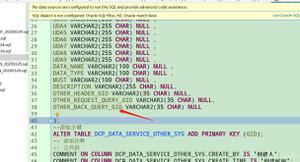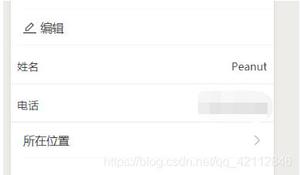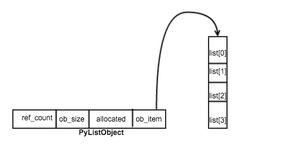python列表如何去除元素

序列是Python中最基本的数据结构。序列中的每个元素都分配一个数字 - 它的位置,或索引,第一个索引是0,第二个索引是1,依此类
推。
Python有6个序列的内置类型,但最常见的是列表和元组。
推荐:python教程
python中关于删除list中的某个元素,一般有三种方法:remove、pop、del:
1.remove: 删除单个元素,删除首个符合条件的元素,按值删除
举例说明:
>>> str=[1,2,3,4,5,2,6]>>> str.remove(2)
>>> str
输出
[1, 3, 4, 5, 2, 6]
2.pop: 删除单个或多个元素,按位删除(根据索引删除)
>>> str=[0,1,2,3,4,5,6]>>> str.pop(1) #pop删除时会返回被删除的元素
>>> str
输出
[0, 2, 3, 4, 5, 6]
>>> str2=['abc','bcd','dce']>>> str2.pop(2)
'dce'>>> str2
['abc', 'bcd']
3.del:它是根据索引(元素所在位置)来删除
举例说明:
>>> str=[1,2,3,4,5,2,6]>>> del str[1]
>>> str
输出
[1, 3, 4, 5, 2, 6]
补充: 删除元素的变相方法
s1 = (1, 2, 3, 4, 5, 6)s2 = (2, 3, 5)
s3 = []
for i in s1:
if i not in s2:
s3.append(i)
print('s1_1:', s1)
s1 = s3
print('s2:', s2)
print('s3:', s3)
print('s1_2:', s1)
更多技术请关注python教程。
以上是 python列表如何去除元素 的全部内容, 来源链接: utcz.com/z/527104.html





